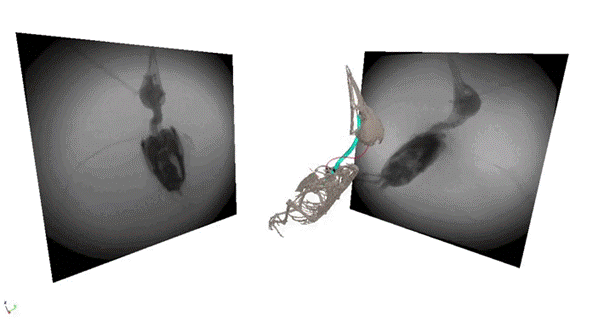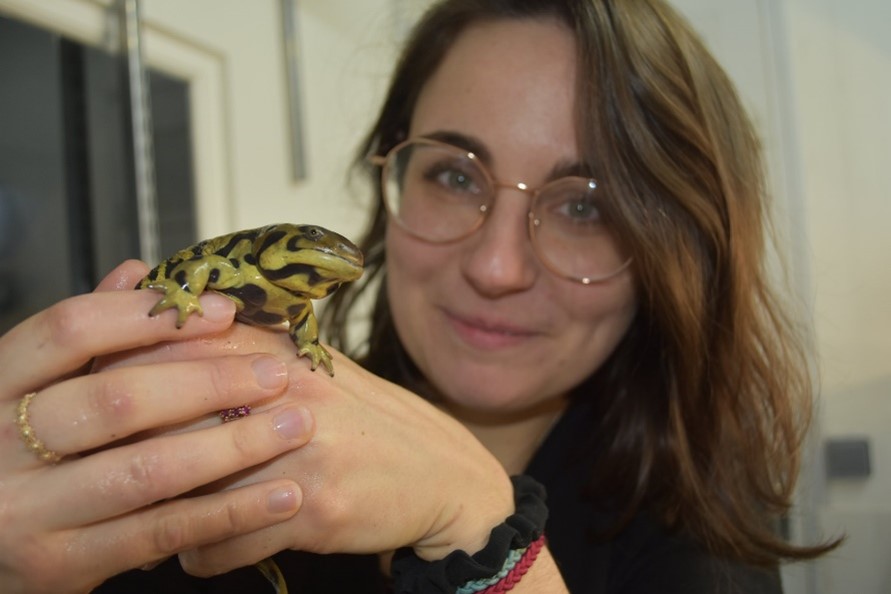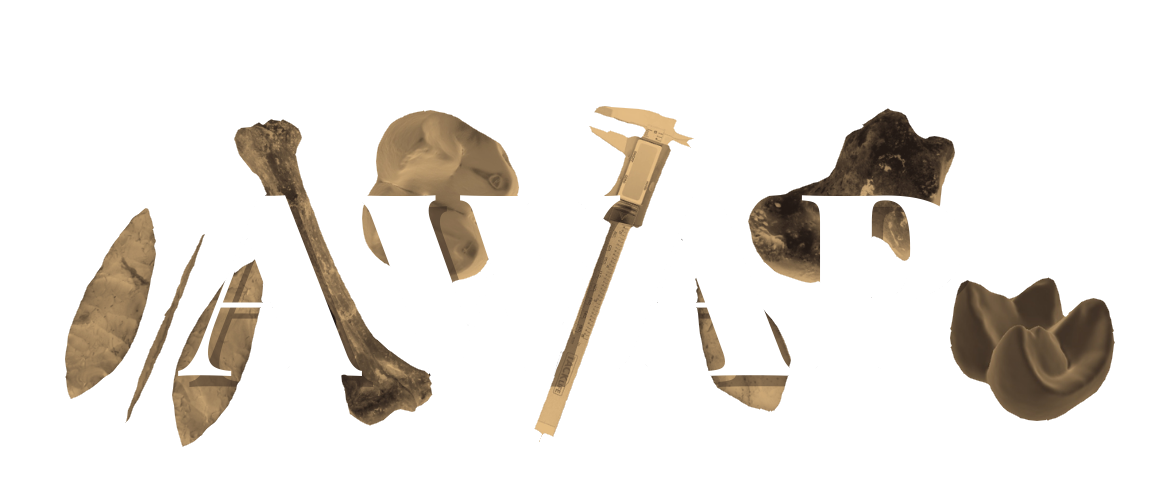
Congratulations to Morgane Fournier,
awarded the Prize for the best Regular Talk!
During the 3rd Virtual Conference for Women Archaeologists and Paleontologists, 49 regular talks were presented by early career women researchers. Among all these presentations (of high quality! Bravo girls!), it was that of Morgane Fournier who seduced the jury, which awarded her the Prize for best Regular Talk. This award offers Morgane the opportunity to participate in a course of her choice from our sponsor Transmitting Science catalogue. Congratulations Morgane!
The talk: « Range of motion and vocal tract deformation in extant birds to infer the sound produced by extinct birds” by Morgane Fournier, Rachel A. Olson, and Pauline Provini
Birds produce a wide range of vocal sounds thanks to a unique organ, the syrinx, aided by the upper vocal system composed of the oral cavity, larynx and the trachea, which is larger than that of mammals. Using XROMM (X-ray Reconstruction of Moving Morphology) in 16 bird species, a method which quantifies the motion and deformation of the upper vocal tract, Morgane and her colleagues have observed a tracheal elongation from 18% to 48% associated with neck extension. For most of the analyzed birds, this deformation is not uniform all along the trachea. This research will allow to understand the trachea deformation impact on the produced sound and may help to infer the vocalisation of extinct birds in the future through the tracheal rings preserved through fossilization.

The presenter: Morgane Fournier

Morgane is passionate about the morphological diversity of living and extinct vertebrates. She studied in Paris, starting with a bachelor’s degree at Université Pierre et Marie Curie, a first master’s degree at Sorbonne Université and a second one at the Centre de Recherche Interdisciplinaire (Université de Paris). She had the opportunity to work on various internship topics in terms of methodology and taxa and to develop skills in morphometrics, anatomy, functional morphology, and Finite Element Analyses. She then worked as an engineer on the X-ray Reconstruction of Moving Morphology of the bird vocal system.
She just started a PhD in the META-MORPHOSIS team in the University of Bern (Switzerland). She is exploring the impact of life cycle variation on morphological diversity in European populations of salamanders and newts.
To find out more, follow the news on Morgane’s work on her social media:
- Twitter: Morgane_Fo
- ResearchGate: https://www.researchgate.net/profile/Morgane-Fournier-2
- META-MORPHOSIS Project: https://metamorphosis-project.org
